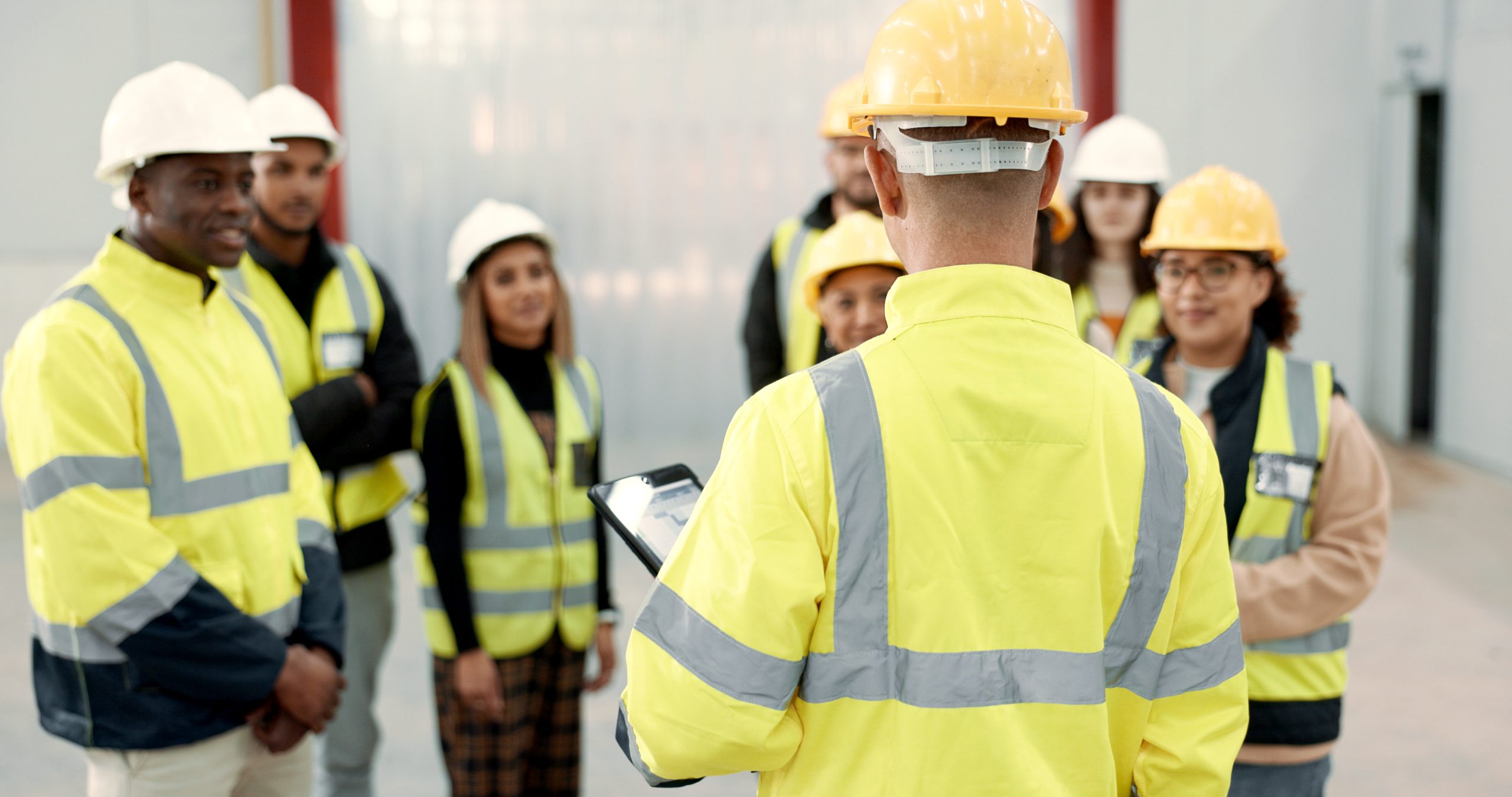Keeping safety culture strong across generations
How openness and shared learning can keep safety culture strong as experience leaves and new talent arrives



How openness and shared learning can keep safety culture strong as experience leaves and new talent arrives

Safety culture is at an inflection point. Experienced employees with decades of experience are retiring, while a new generation enters the workforce with fresh ideas, different expectations, and new ways of communicating. While the shift might seem like a recipe for culture drift, it doesn’t have to be.
The real risk isn’t just losing technical “how-to” knowledge. It’s the day-to-day behaviors, shared language, accountability, and sense of mutual responsibility that underpin a strong safety mindset. These are the elements organizations have worked hard to build and that absolutely need to be protected during transition.
Across industries, leaders tell us they’re feeling the impact of experience leaving the workforce faster than it can be replaced. The loss of institutional knowledge often brings a dip in the visible “safety presence” that comes from years of practice, observation, and intuition.
At the same time, new team members bring energy, curiosity, and a willingness to ask why things are done a certain way. Many have grown up in fast-moving environments where change happens quickly, and they want to understand the purpose behind every action. When leaders respond openly to that curiosity, safety conversations become sharper, more transparent, and ultimately more effective.
We’re also hearing growing concern about retention. New employees want to know not just why safety matters, but why they should invest their future in the organization. Without deliberate attention, culture can start to fray, context gets lost, informal mentoring varies, and expectations blur.
Lorenzo Gallinari, psychologist and principal consultant with JMJ, explains:
“Transparency and collaboration have become key components of modern leadership. Leaders who communicate openly and model vulnerability signal to their teams that it’s safe to share ideas, concerns, and even mistakes.”
That awareness is driving organizations to invest in leadership development, cultural insight, and digital tools like JMJ’s Transformation Cloud™, which help visualize safety culture strengths and highlight where generational gaps might impact safety behaviors.
When leaders model openness, curiosity, and care, they send a powerful signal: safety culture thrives when everyone, regardless of age or experience, feels seen, valued, and responsible for one another’s well-being.
The goal isn’t to preserve culture as a static legacy but to carry forward what matters while allowing it to evolve with intention. From our work across sectors, several practices consistently make a difference:
A generational handover doesn’t have to mean a slip in standards. Done well, it can be a chance to strengthen commitment, introduce fresh thinking, and reinforce that safety is more than a program; it’s part of who we are. Safety culture thrives when every individual, regardless of tenure, feels empowered to take ownership, speak up, and care for one another.
JMJ’s digital tools help leaders see where cultural strengths and gaps exist and highlight where generational differences may affect safety behaviors. To explore how we can help your organization maintain a strong, connected safety culture through workforce transitions, contact us today.
Change starts here. Let’s talk about how JMJ can help solve your safety and performance challenges.